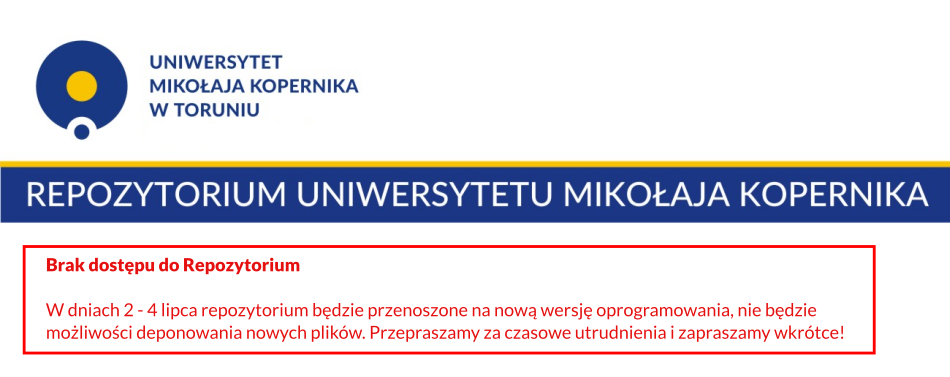| dc.description.abstract |
The article deals with the problems of translation strategies which concern the works of Polish and Spanish authors belonging to two different cultures, that of Central Europe (Maria Konopnicka and Jarosław Iwaszkiewicz) and that of Latin America (Julio Cortazar, Juan Rulfo, and Alejo Carpentier), seen from the angle of Italian language and culture. The selection of these authors and works is not haphazard: on the one hand, for the Polish writers Italy came to signify an intellectual and anthropological adventure, the country oscillating between realism and fantasy; on the other hand, the elements belonging to Spanish-language magic realism are reflected in the new literary translations in Italian, uniting and distancing the cultures of the two continents. The composition of new Italia by Konopnicka in the Italian translation by Mattia Loreto seems well-structured and ordered; however, it does not constitute a coherent whole of the poet’s reflections in terms of themes and philosophy. As a result, we can feel a hint of “poetic dissonance.” A cohesive form of the song and the manner of noticing the new world view should become instrumental in the translation because inspiring coherence and melodiousness, which give the whole stanza an intriguing sound, are an immanent feature of Konopnicka’s poetics. The entire translation of two Italian novellas by Iwaszkiewicz, Powrot Prozerpiny and Hotel Minewra, corresponds to the natural use of Italian brought to the contemporary times. For this reason, attention is paid to the translation niceties, which do not result in stylistic dissonance, and sometimes lead to comical, farcical-comical, and grotesque effects, which reflect the content of the original novellas. The translator attempted to keep changes on various levels of the text, which would not lead to a total adaptation but, rather, to a correct translation, so as to render the text clear, coherent, and comprehensible to the foreign receiver, and to make it keep the melody and give the atmosphere of Sicilianness in the Italian language. The new concept behind magic realism, seen as fantastical-psychological realism, is reflected in the output of Argentinian writer Julio Cortazar. The devices employed by the Italian translators in Deshoras – Niewpory familiarise the reader with the linguistic register of phenomenology. It becomes a projection of the characters’ inner reality; and the inversion as well as numerous symbolic allusions, metaphors and periphrases endeavor to be true to the Italian translation. The reality of Mexican writer Juan Rulfo is portrayed in his novel Pedro Paramo. The stylisation of the character’s estrangement and of the description of his existence anchored between dream and reality, and life and death, is narrowed down to one dimension: the estrangement of the character in oneiric reality. The grammar structures translated into Italian are slightly changed, but it is without serious consequences to the meaning of the whole text, and it only impoverishes, to a lesser extent, the original sound stratum. The untranslatable word game, transposition, ambiguous use of idiomatic expressions, extension of sentences, descriptive words, and inversion result in a distance from the original text in Spanish. That is why we may experience a feeling of incompleteness and ambivalence of statement. The Italian translators contend with cause and effect relationships present on the temporal and spatial planes. These pose a great challenge to the translator. Moreover, the superimposition and merging of spheres of time and space may cause a lack of logic in further narration or even disruption in the overall translation. In the Italian translation strategies of Cuban author Alejo Carpentier, the linguistic and lexical plane occupies the most significant place. The linguistic plane concerns the levels of the characters’ utterances, which acquaint the reader with low and high registers of the statement; it also refers to the polyphonic structure of the novel and the hybridity of the character broken down into many spheres. In the target version, a new translation and interpretation emerge. However, as regards maintaining some exoticisation of the text in the target language, we discern a clear indication of estrangement and inconsistency, which results from the introduction of new lexical equivalents. The translators do not propose any “cultural transfer” and they do not decode the elements connected to exoticism and the customs prevailing on the island: they only make an adaptation, and remain unsuccessful in terms of the lexical stratum. The translation cannot be oversimplified, distorted, free or literal: these would result in the text being underestimated and deprived of its original essence. The devices/ strategies applied exemplify what may constitute a novelty and continuum in presentday Translation Studies. |
| dc.description.abstract |
W artykule poruszono problemy dotyczące strategii tłumaczeniowych, które obejmują utwory polskich i hiszpańskich autorów należących do kręgu dwóch odmiennych kultur: Europy Środkowo-Wschodniej (Konopnicka i Iwaszkiewicz) i Ameryki Łacińskiej (Cortázar, Rulfo i Carpentier), spostrzegane przez pryzmat języka i kultury włoskiej. Wybór autorów i utworów nie jest przypadkowy, gdyż z jednej strony dla polskich pisarzy Włochy stały się intelektualną i antropologiczną przygodą, krajem oscylującym między realizmem a fantazją, z drugiej zaś elementy należące do nurtu hiszpańskojęzycznego realizmu magicznego znajdują odbicie w nowych przekładach literackich w języku włoskim, scalając i oddalając kultury dwóch kontynentów. Zastosowane strategie/chwyty tłumaczeniowe egzemplifikują to, co może stanowić novum i continuum w zakresie dzisiejszego przekładoznawstwa. |


